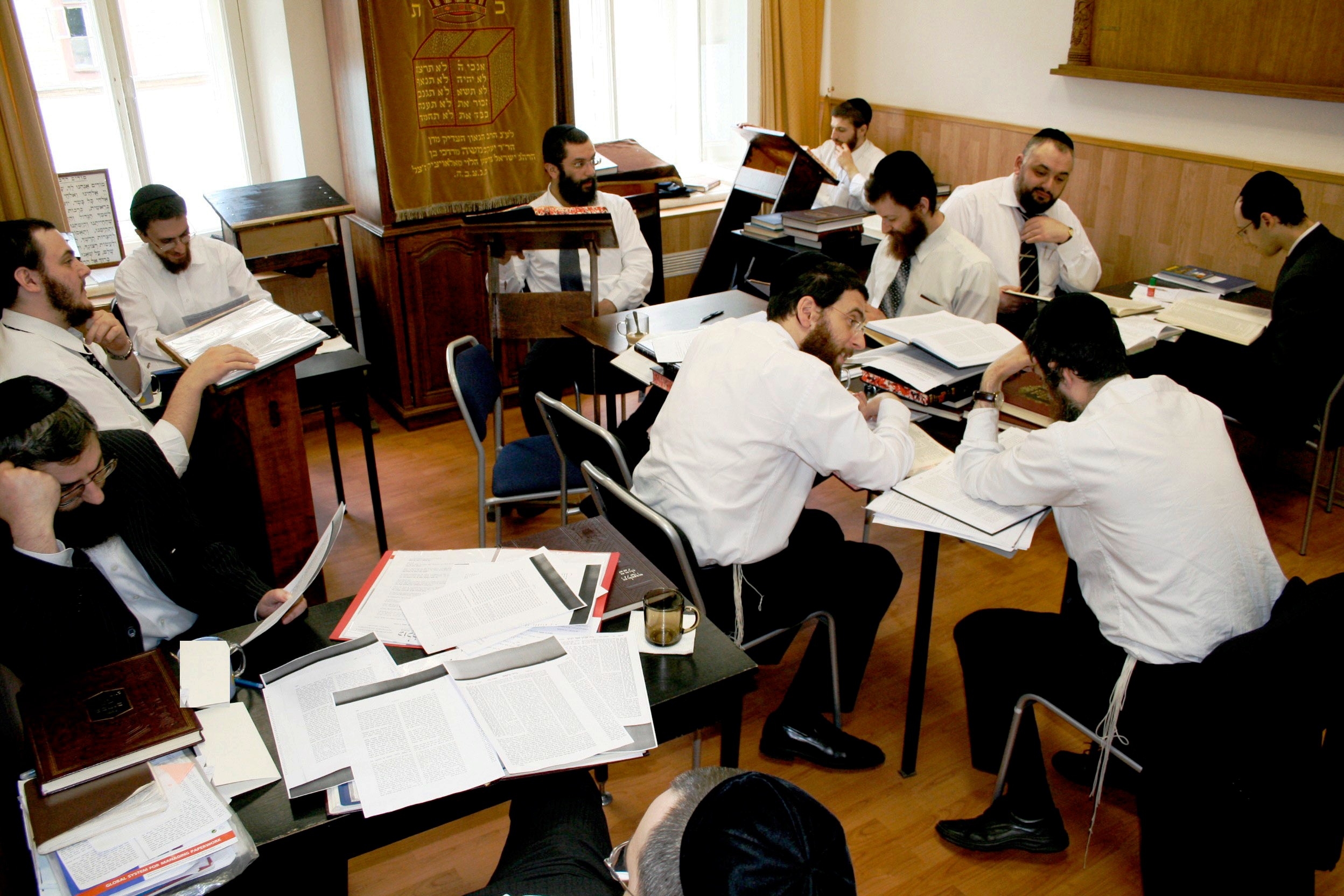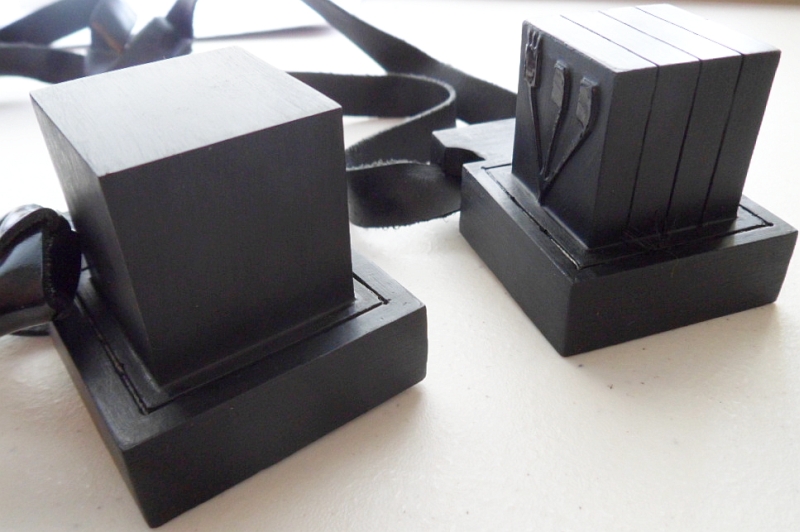|
Yitzchok Tuvia Weiss
Rabbi Yitzchok Tuvia Weiss (26 August 1926 – 29 July 2022) was the Chief Rabbi, or ''Gaavad'' (''Gaon Av Beis Din''), of Jerusalem for the Edah HaChareidis. He was appointed to this post in 2004, after having served as a ''dayan'' of the ''Machzike Hadass'' community of Antwerp, Belgium. Rabbi Weiss was a British national. According to his late brother, he was born in Pezinok, Slovakia as Tibor Weiss to Salomon (Shlomo) Weiss, a timber merchant. He attended the local secular school in the mornings, and took religious instruction with a private '' melamed'' in the afternoons. Before World War II, he escaped Slovakia on a '' Kindertransport'', arranged by Aron Grünhut and Sir Nicholas Winton, leaving his parents and family behind. He arrived with the ''Kindertransport'' in London in late May 1939, after the Jewish holiday of Shavuos. He celebrated the '' Shabbos'' of his '' bar mitzvah'' at the home of a British woman who took him in. The only religious text he received fo ... [...More Info...] [...Related Items...] OR: [Wikipedia] [Google] [Baidu] |
Pezinok
Pezinok (; hu, Bazin; german: Bösing; lat, Bazinium) is a town in southwestern Slovakia. It is roughly northeast of Bratislava and, as of December 2018, had a population of 23,002. Pezinok lies near the Little Carpathians and thrives mainly on viticulture and agriculture, as well as on brick-making and ceramic(s) production. History From the second half of the 10th century until 1918, it was part of the Kingdom of Hungary. Pezinok, or at least its surroundings, was for the first time mentioned in 1208 under name "''terra Bozin''". During the next few centuries, the town changed from a mining settlement to a vineyard town. It gained the status of a free royal town on 14 June 1647. Pezinok had its most glorious era of wealth and prosperity in the 17th and 18th centuries when it was also one of the richest towns in the Kingdom of Hungary. Its wealth was based on the production of quality wines. In the 19th century, the town slowly began to industrialize: the first sulphuric aci ... [...More Info...] [...Related Items...] OR: [Wikipedia] [Google] [Baidu] |
London
London is the capital and List of urban areas in the United Kingdom, largest city of England and the United Kingdom, with a population of just under 9 million. It stands on the River Thames in south-east England at the head of a estuary down to the North Sea, and has been a major settlement for two millennia. The City of London, its ancient core and financial centre, was founded by the Roman Empire, Romans as ''Londinium'' and retains its medieval boundaries.See also: Independent city#National capitals, Independent city § National capitals The City of Westminster, to the west of the City of London, has for centuries hosted the national Government of the United Kingdom, government and Parliament of the United Kingdom, parliament. Since the 19th century, the name "London" has also referred to the metropolis around this core, historically split between the Counties of England, counties of Middlesex, Essex, Surrey, Kent, and Hertfordshire, which largely comprises Greater London ... [...More Info...] [...Related Items...] OR: [Wikipedia] [Google] [Baidu] |
Rosh Kollel
A kollel ( he, כולל, , , a "gathering" or "collection" f scholars is an institute for full-time, advanced study of the Talmud and rabbinic literature. Like a yeshiva, a kollel features shiurim (lectures) and learning ''sedarim'' (sessions); unlike most yeshivot, the student body of a kollel typically consists mostly of married men. A kollel generally pays a regular monthly stipend to its members. History Original sense Originally, the word was used in the sense of "community". Each group of European Jews settling in Israel established their own community with their own support system. Each community was referred to as the "kollel of " to identify the specific community of the Old Yishuv. The overwhelming majority of these Jews were scholars who left their homelands to devote themselves to study Torah and serve God for the rest of their lives. The kollel was the umbrella organization for all their needs. The first examples were Kolel Perushim (students of the Vilna Gaon who ... [...More Info...] [...Related Items...] OR: [Wikipedia] [Google] [Baidu] |
Eliyahu Eliezer Dessler
Eliyahu Eliezer Dessler (1892 – 31 December 1953) was an Orthodox rabbi, Talmudic scholar, and Jewish philosopher of the 20th century. He is best known for being the ''mashgiach ruchani'' ("spiritual counselor") of the Ponevezh yeshiva in Israel and through collections of his writings published posthumously by his pupils. Life Lithuania Eliyahu Dessler, who was known throughout his life as ''Eliyahu Leizer'' or ''Elya Lazer'', was born in 1892 (5652) in Gomel. His father, Reuven Dov Dessler, was a disciple of one of the main leaders of the Musar movement, Rabbi Simcha Zissel Ziv, best known as the ''Alter (Elder) of Kelm''. Eliyahu was orphaned of his mother at a young age. His father remarried, and would become a successful timber merchant in the city of Homel over the ensuing years, although he would lose virtually his whole fortune after the Russian Revolution, which would prompt his son to relocate to England (1929). The young Elya was taught by private tutors. At the ... [...More Info...] [...Related Items...] OR: [Wikipedia] [Google] [Baidu] |
Moishe Sternbuch
Moshe Sternbuch (or Moishe / Moses Shternbuch, he, משה שטרנבוך) is a Haredi rabbi. He serves as the ''Ra'avad'' (Chief) of the Edah HaChareidis, vice-president of the Rabbinical Court in Jerusalem, and the rabbi of the Gra Synagogue in the Har Nof neighbourhood. Early life Moshe Sternbuch was born on 15 February 1926 (24 Shevat) in London, one of 9 children of Osher Sternbuch, an Orthodox Jewish merchant, and Devorah. His parents hosted numerous rabbis who came to London to raise money for their yeshivas, among them Elchonon Wasserman, who after learning with Sternbuch declared that he was a ''davar sheyeish bo mamash'' (a boy of substance). He was tested in learning every Shabbat by Yechezkel Abramsky, who predicted he would one day become a ''moreh hora'ah'' (posek). Before long he was known as the ''Londoner Illui'' (prodigy). Osher died in 1939 at the age of 39, leaving behind his eldest child of 18 years, the 10-year-old Sternbuch, and the youngest only two. I ... [...More Info...] [...Related Items...] OR: [Wikipedia] [Google] [Baidu] |
Red Cross
The International Red Cross and Red Crescent Movement is a Humanitarianism, humanitarian movement with approximately 97 million Volunteering, volunteers, members and staff worldwide. It was founded to protect human life and health, to ensure respect for all human beings, and to prevent and alleviate human suffering. Within it there are three distinct organisations that are legally independent from each other, but are united within the movement through common basic principles, objectives, symbols, statutes and governing organisations. History Foundation Until the middle of the nineteenth century, there were no organized or well-established army nursing systems for casualties, nor safe or protected institutions, to accommodate and treat those who were wounded on the battlefield. A devout Calvinism, Calvinist, the Swiss businessman Jean-Henri Dunant traveled to Italy to meet then-French emperor Napoleon III in June 1859 with the intention of discussing difficulties in conducting ... [...More Info...] [...Related Items...] OR: [Wikipedia] [Google] [Baidu] |
Tefillin
Tefillin (; Modern Hebrew language, Israeli Hebrew: / ; Ashkenazim, Ashkenazic pronunciation: ), or phylacteries, are a set of small black leather boxes with leather straps containing scrolls of parchment inscribed with verses from the Torah. Tefillin are worn by adult Jews during weekday morning prayers. In Orthodox Judaism, Orthodox and traditional communities, they are worn solely by men, while some Reform Judaism , Reform and Conservative Judaism, Conservative (Masorti) communities allow them to be worn by both men and women. By traditional Jewish Law (halacha), women are exempt from most time-dependent positive commandments. Although "tefillin" is technically the plural form (the singular being "tefillah"), it is often used as a singular as well. The arm-tefillah (or ''shel yad'' [literally "of the hand"]) is placed on the upper (non-dominant) arm, and the strap wrapped around the forelimb, hand and middle finger; while the head-tefillah (or ''shel rosh'' [literally "of the ... [...More Info...] [...Related Items...] OR: [Wikipedia] [Google] [Baidu] |
Shlomo Ganzfried
Shlomo Ganzfried (or ''Salomon ben Joseph Ganzfried''; 1804 in Ungvár – 30 July 1886 in Ungvár) was an Orthodox rabbi and posek best known as the author of the work of Halakha (Jewish law), the ''Kitzur Shulchan Aruch'' (Hebrew: קיצור שולחן ערוך, "The Abbreviated Shulchan Aruch"), by which title he is also known. Biography Ganzfried was born in 1804 in Ungvár, in the Ung County of the Kingdom of Hungary (present-day Ukraine). His father Joseph died when he was eight. Ganzfried was considered to be a child prodigy and Ungvár's chief rabbi and Rosh yeshiva, Rabbi Zvi Hirsh Heller assumed legal guardianship; Heller was known as "''Hershele'' the Sharp-witted" for his piercing insights into the Talmud. Heller later moved to the city of Bonyhád, and Ganzfried, then fifteen, followed him. He remained in Heller's yeshiva for almost a decade until his ordination and marriage. After his marriage he worked briefly as a wine merchant. In 1830, he aband ... [...More Info...] [...Related Items...] OR: [Wikipedia] [Google] [Baidu] |
Sefer (Hebrew)
''Sifrei Kodesh'' ( he, ספרי קודש, , Holy books), commonly referred to as ''sefarim'' ( he, ספרים, , books), or in its singular form, ''sefer'', are books of Jewish religious literature and are viewed by religious Jews as sacred. These are generally works of Torah literature, i.e. Tanakh and all works that expound on it, including the Mishnah, Midrash, Talmud, and all works of ''halakha'', Musar, Hasidism, Kabbalah, or ''machshavah'' ("Jewish Thought"). Historically, ''sifrei kodesh'' were generally written in Hebrew with some in Judeo-Aramaic or Arabic, although in recent years, thousands of titles in other languages, most notably English, were published. An alternative spelling for 'sefarim' is ''seforim''. Terms The term ''Sifrei Kodesh'' is Hebrew for "Holy Books", and includes all books that are considered holy in Rabbinic Judaism. This includes all Torah literature as well as Jewish prayer books. Among Orthodox Jews the word ''sefer'' (plural ''s'far ... [...More Info...] [...Related Items...] OR: [Wikipedia] [Google] [Baidu] |





